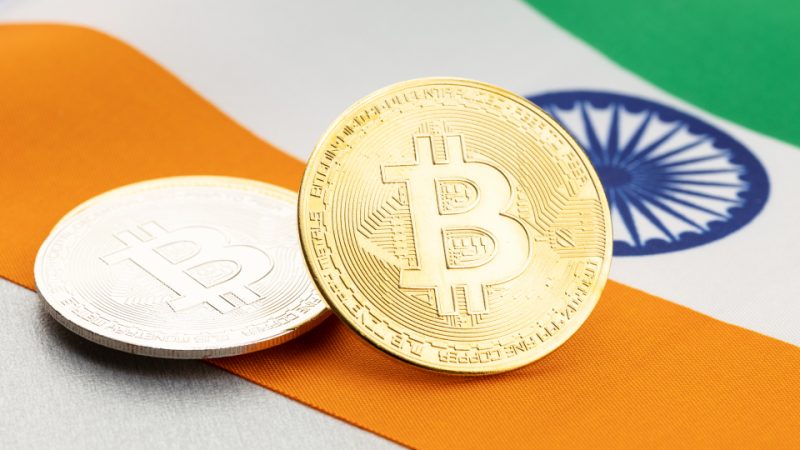Industry Calls for Lighter Taxes to Fuel Innovation
India’s cryptocurrency sector is stepping up its lobbying efforts to urge the government to revise its heavy tax policies. Key industry players are advocating for a more moderate approach to taxation, specifically targeting the 30% capital gains tax and the 1% Tax Deducted at Source (TDS) imposed on digital asset transactions since 2022.
These taxes have been widely criticized for driving over 90% of Indian crypto trading activity to overseas platforms, according to a report by the Esya Centre. Industry leaders argue that a lower TDS rate—around 0.1%—would still meet regulatory goals like transaction traceability without crippling innovation and growth.
Increasing Engagement with Policymakers
Ashish Singhal, co-founder of CoinSwitch, highlighted a notable uptick in dialogue between crypto businesses and government officials. “We used to meet twice a year,” Singhal said. “Now it’s happening monthly, sometimes weekly.”
This increased engagement comes at a time when global developments are reshaping India’s stance. The return of U.S. President Donald Trump, a known supporter of cryptocurrency, has influenced India’s regulatory outlook. In response, major exchanges such as Binance and Coinbase have resumed operations in the Indian market, signaling renewed confidence in its potential.
Outlook Remains Cautious but Optimistic
Despite the growing dialogue, the Indian government made no changes to crypto taxation in the Union Budget 2025. The 30% tax on profits and the 1% TDS remain unchanged, a move that disappointed many within the industry.
The Reserve Bank of India (RBI), long known for its skeptical view of cryptocurrencies, has adopted a more neutral tone under new leadership. However, the central bank is holding off on further policy changes until the government releases an official industry paper.
According to Grant Thornton, India’s crypto market could soar from $2.5 billion in 2024 to over $15 billion by 2035. Industry leaders stress that achieving this growth hinges on establishing a balanced regulatory framework—one that encourages innovation while maintaining oversight.
